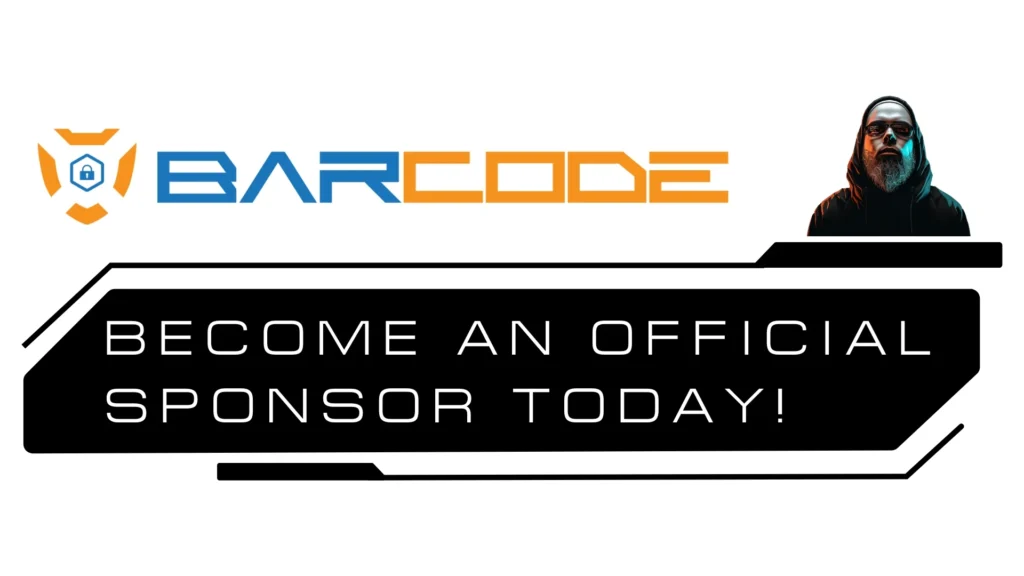In this conversation, Chris Glanden and Matt Canham delve into the realms of deep fakes, cognitive security, and the implications of AI technology on human agency. They explore the nuances of cognitive security, differentiating it from social engineering, and discuss the potential vulnerabilities that arise as AI continues to evolve. The conversation also touches on the OSI model and how cognitive security can be integrated into existing frameworks, highlighting the importance of understandin…






